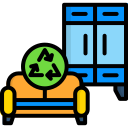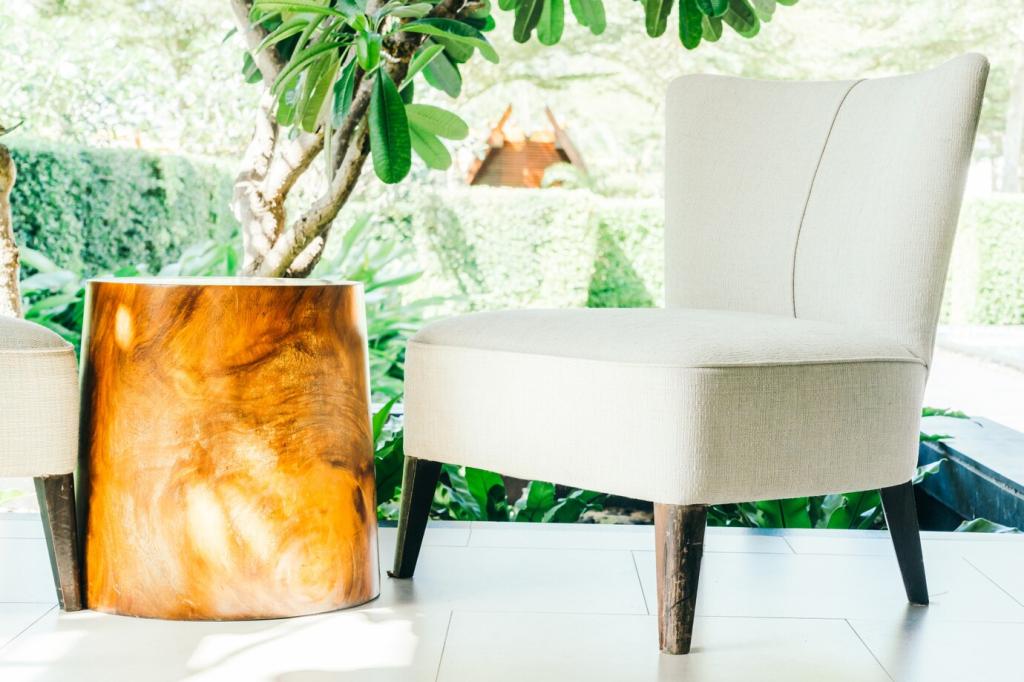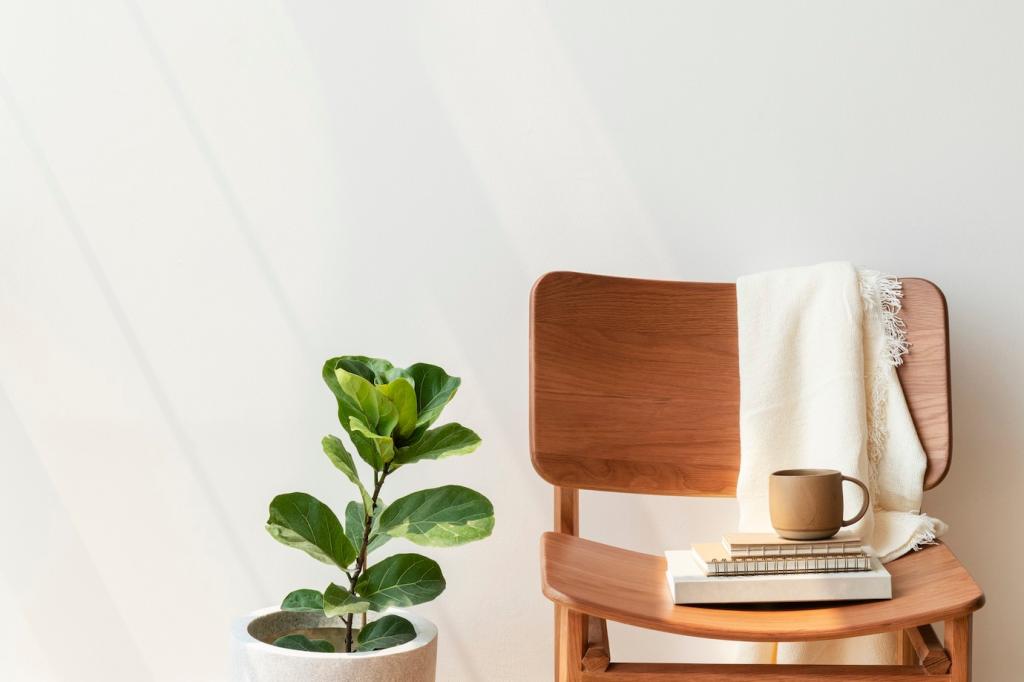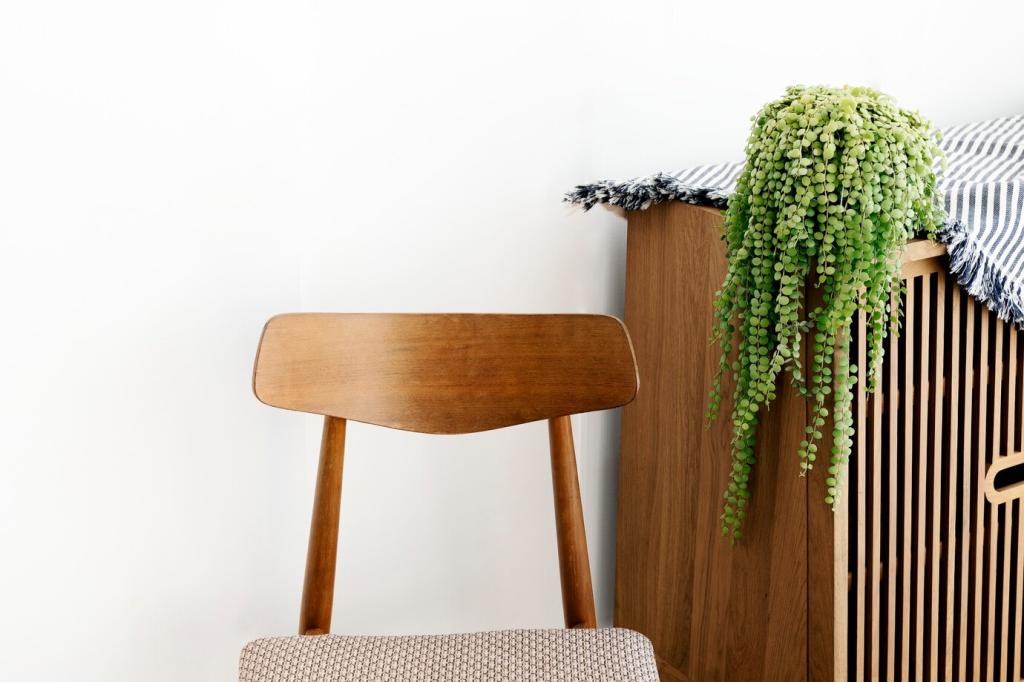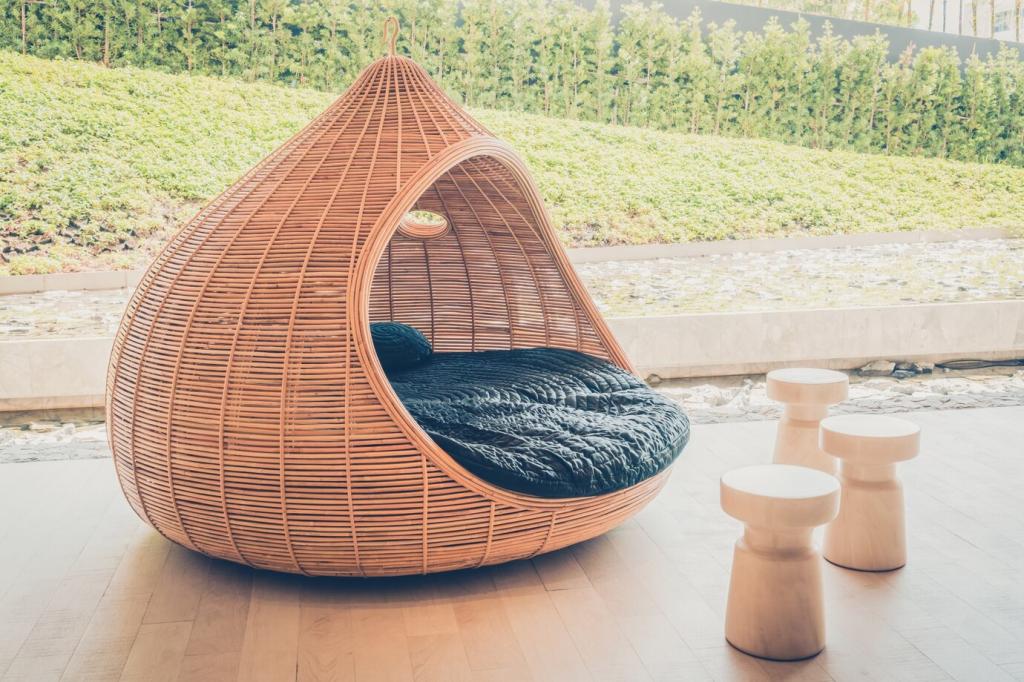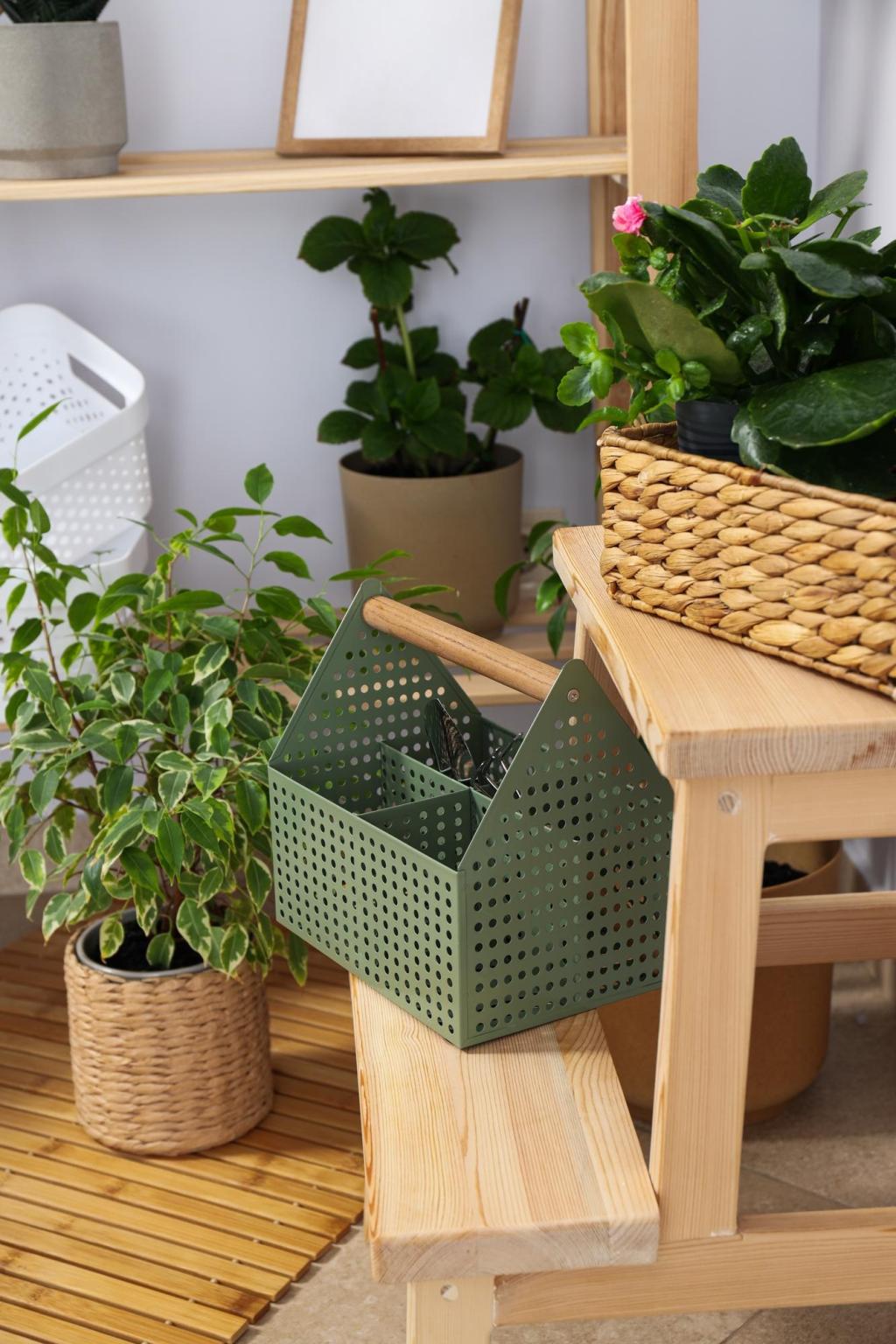Stain Strategies That Spare the Planet
Blot immediately—never rub—then apply cold club soda or a teaspoon of white vinegar in a cup of cool distilled water. Work from the outside inward, repeating gentle passes. Avoid heat, which can set tannins permanently.
Stain Strategies That Spare the Planet
Sprinkle cornstarch to absorb oils, let it rest fifteen minutes, then vacuum. Follow with a drop of plant-based dish soap diluted in warm water. Dab carefully, rinse with damp cloth, and dry thoroughly to prevent rings.
